Orthochromatic and Panchromatic Films
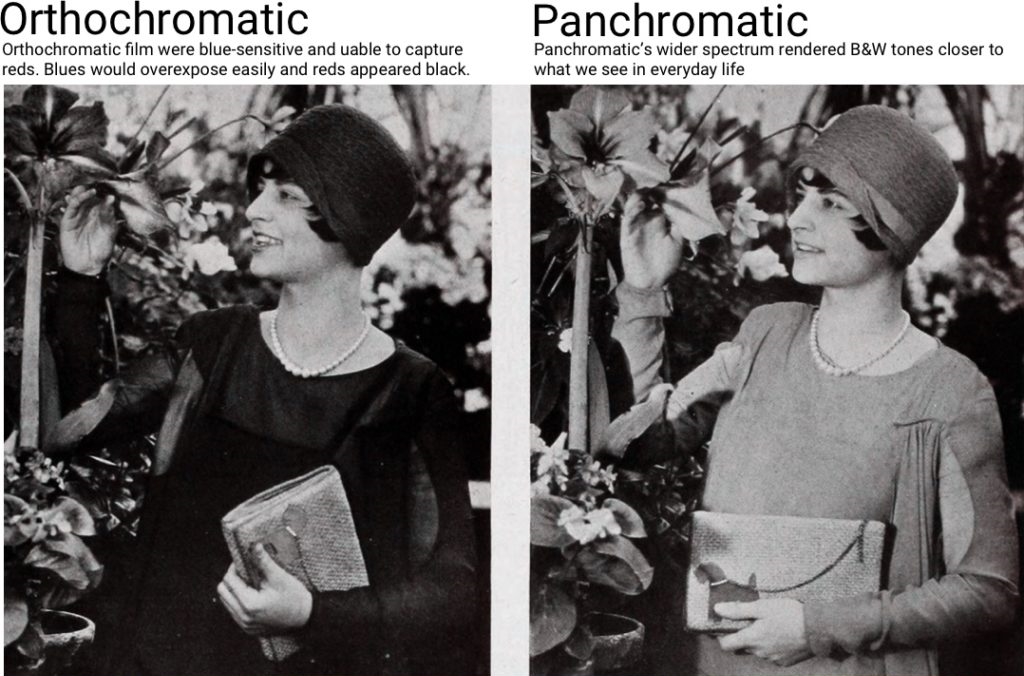
During the Second World War, the two most widespread films were the orthochromatic and panchromatic types. Orthochromatic film, synthesized with silver halide, is extremely sensitive to the spectrum of blues and greens, and increasingly insensitive to yellows, oranges and reds. As a consequence, using an orthochromatic film, the redder the photographed subject is the darker it appears in the photograph.
Conversely, as the name suggests, panchromatic films are sensitive to the entire visible spectrum, some of them even presenting an absorption edge in correspondence with the reds. Thus the subject of a panchromatic film photograph would appear more life-like and chromatically balanced.
Now that this difference is clear, readers might wonder how we could use this information to identify our colour. Here it is your answer.
Visible Spectrum and Absorption Comparison
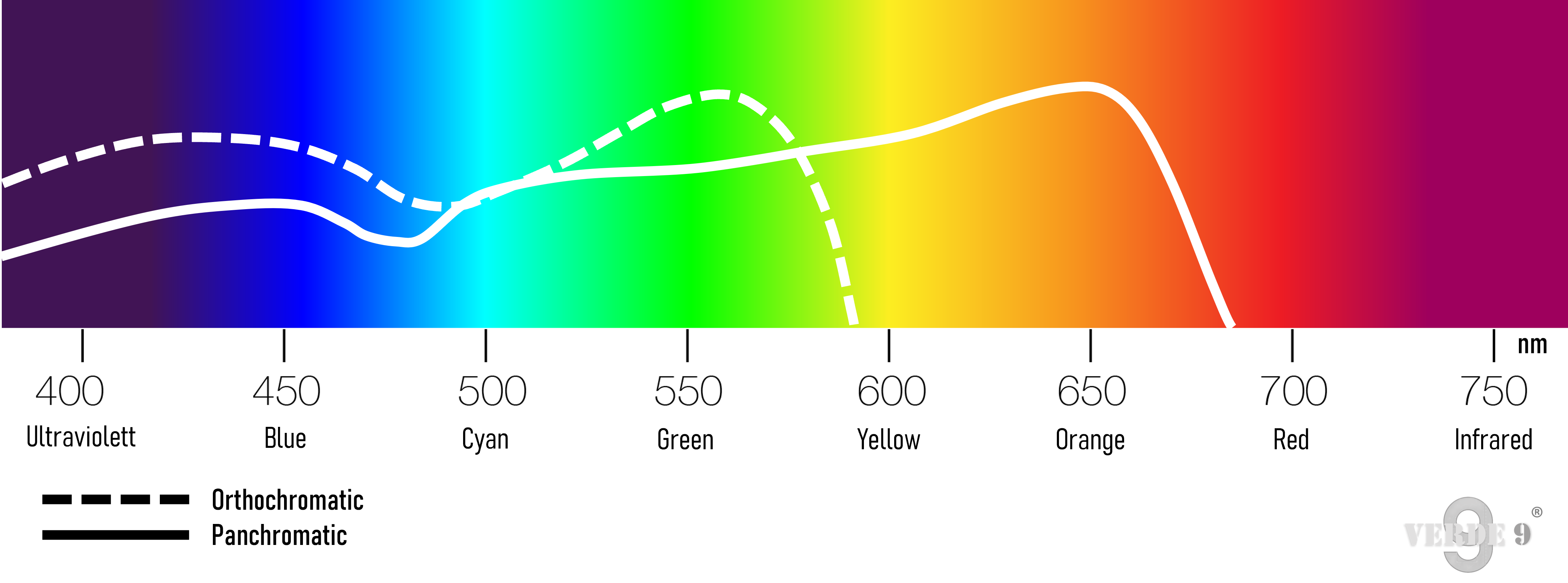
Comparing orthochromatic and panchromatic absorption features, it can be easily noticed that the former has a higher sensitivity to blues and greens, while it is completely ineffective in rendering the red spectrum.
Orthochromatic films have a higher sensitivity to green hues as shown by the graph. This fact also implies a higher risk of greens overexposure. In other words, for the same exposure time, a green rendered by an orthochromatic film appears lighter than the same colour rendered by panchromatic film. However, with orthochormatic films red appears almost completely black, while it is significantly lighter when seen on panchromatic film.
That said, we have all the elements we need to identify if not the exact colour, at least the hue of “Green 9’s” engine cowling. To be more precise, we are going to establish whether it is a green, or a brown.
Photographic Analisys Based on the Absorption Spectrum
In order to analyze “Green 9” photographs, first it is necessary to identify benchmarks where the colours are known with certainty. This process will determine if a photo was shot with orthochromatic or panchromatic film. Fortunately, RAF tri-colour “fin flash” applied in Leck has been providential: the image on the left presents its rendering on both orthochromatic and panchromatic films. In addition to the “fin flash”, RAF roundels yellow rings painted on the aircraft in the background have been extremely useful. With orthochromatic films, yellows-oranges-reds appear increasing dark grey to black.
(Note: Maintenance markings on German aircraft were painted in standardized colours are thus are also a very useful tool in assessing original camouflage colours.)
Once all the photographs had been subdivided according to the film type, the author proceeded to take samples of the engine cowling colour in each of them.
To Clarify a Few Points
Readers who are knowledgeable of photography might have already started rolling their eyes reading the aforementioned passages. The author definitely agree with them. However, to give them an answer, is it not better trying to obtain some results from the available sources than not trying at all?
Complexity could indeed arise due to the lack of information concerning parameters that would alter colour rendering. To be more precise, the author is talking about exposure time, aperture and film relative sensitivity, and the possible use of coloured filters. Indeed, none of these features can be established with certainty apart from aperture. Considering the average high depth of field presented by “Green 9” photographs, it can be assumed that the aperture was in most cases rather low.
It is in author’s interest pointing out that this is a qualitative rather than quantitative analysis, since there are no data to conduct the latter. However, as you are about to read, the result is in accordance with the aircraft’s described colours as stated in The Aeroplane Spotter.
Results
Observing the average hue of orthochromatic samples, it appears lighter than the panchromatic one. This leads us to assume that the engine cowling was actually painted green! If had been painted brown (more similar to red) we would have obtained the opposite result.
This result is in accordance with the “shades of green” described in the aforementione article of The Aeroplane Spotter.
A Further Confirmation
Moreover, we can still rely on the W.Nr. 150167 radiator cowling. The colour sported by this component should be indeed the one discussed in the last paragraphs. Unfortunately, certain claims are out of the question. We cannot precisely comprehend how much time and exposure to the elements (light, temperature, and precipitation) have altered the original paint.
Nevertheless, looking at the colour photographs of the preserved Jumo 213 E and observing samples (taken in three points per photo, according to light exposure), the most likely hue is a dark grey(ish)-green. Brown tints remain absent indeed.
An Unknown Colour (?)

What we can limit ourselves to are the conservative interpretations, based on deductive reasoning of the available evidence. Observing the colour in all available photographs, the only conclusion the author has reached is that it is probably a very dark green. Unfortunately, we can go no further with a precise identification of the colour, since making comparisons with the other two colours of the aircraft is not possible.
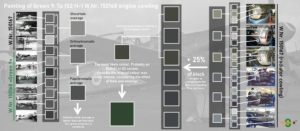
This chart summarizes the results.
RLM 82?
If we would like to try identifying more precisely this colour, assuming that it is a variant of RLM 82 could be a reasonable interpretation. The existence of slightly different versions of this color are indeed confirmed and documented. Similar to what happened with the RLM 81, slight changes in the pigments or the proportions used for its synthesis could result in different hues of green. However, the number of these variants as well as their result is currently unknown.
RLM 70/71?
In addition, it must be pointed out that Ta 152 engine, the Jumo 213 E (and its sub-variants), was designed originally for bombers such as the Junkers Ju 88-188-388 series. Due to the prefabricated manufacture of Ta 152 “power egg”, it is therefore possible that the same factory produced engine modules for both fighters and bombers. Considering that the standard camouflage scheme intended for Ju 88 series consisted of a combination of RLM 70 and 71 (at least up to 1 July 1944 per Sammelmitteilung 1; see below), it is very plausible that engine cowlings were painted with one of these colours, regardless of their actual intended use.

Comparison between the engine unit of the Focke-Wulf V29/U1 and the one of a Junkers Ju 88 A belonged to II./KG3.
Clearly, given the fact that “Green 9” was manufactured in the spring of 1945, it is hard to establish whether RLM 70 and 71 were still in use. However, the RLM’s Sammelmitteilung of 1 July 1944 (Collected Communications; informally known as Sammelmitteilung 1) prescribed that all RLM 70 and 71 stocks were to be used up or traded away before introducing the new replacement colours RLM 81 and 82. As a consequence, the existence of components and sub-assemblies painted with the old colours still in 1945 has to be taken into account.
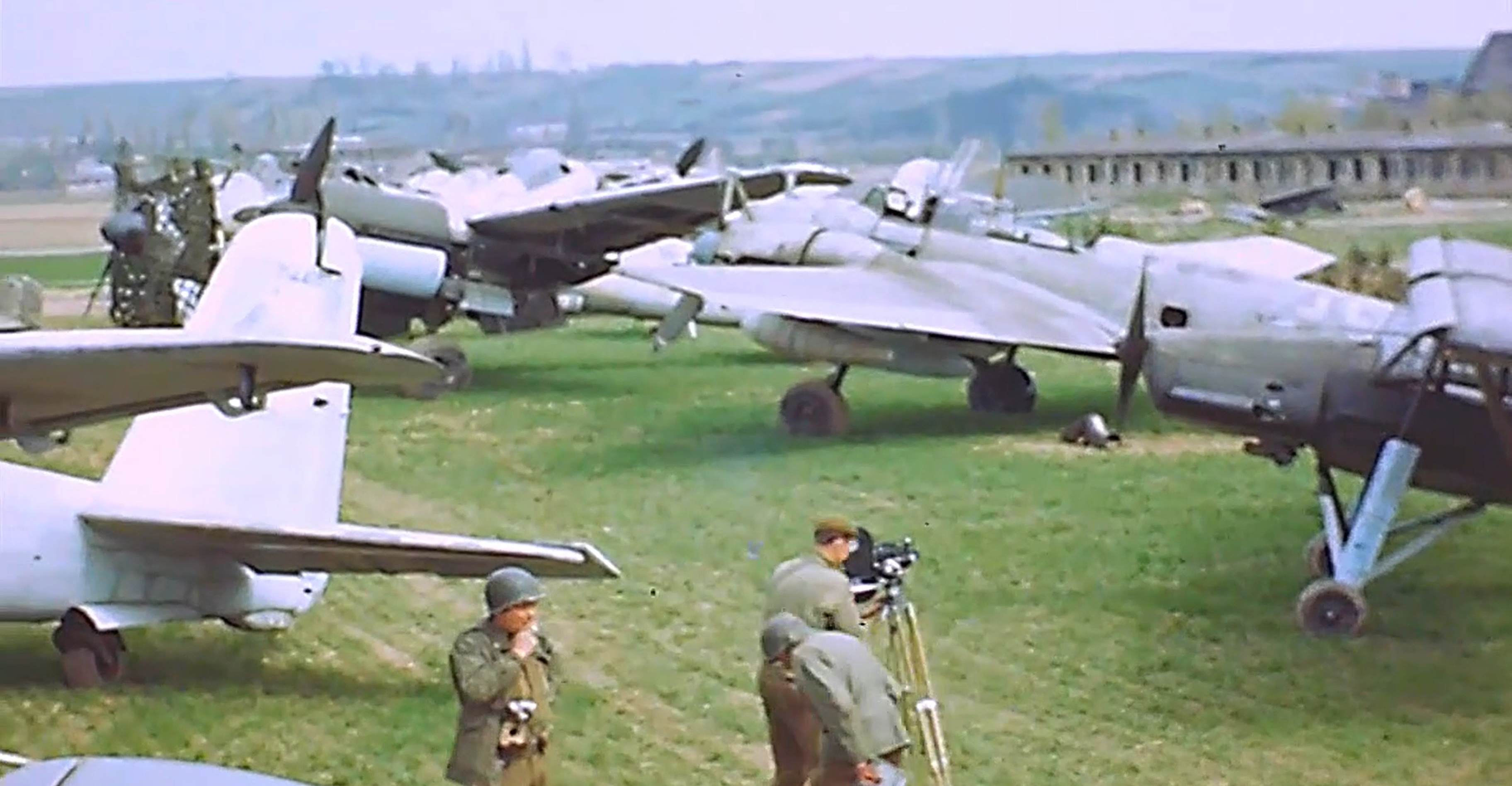
A frame from a colour video shot by United States Army personnel at Fritzlar, in spring 1945. In the upper left corner a late war Ju 88 is visible, with its dark green prefabricated engine cowling. If Ta 152 H W.Nr. 150168 engine cowling had been actually painted with the same paint, the hue here shown would have been the one appeared on “Green 9”.
To conclude, for now, “Green 9’s” cowling will remain painted with an unidentified dark green… However the author is confident that, with a little more research, it will be possible to reach a satisfactory conclusion. Obviously, as usual, readers are invited to express their opinion!
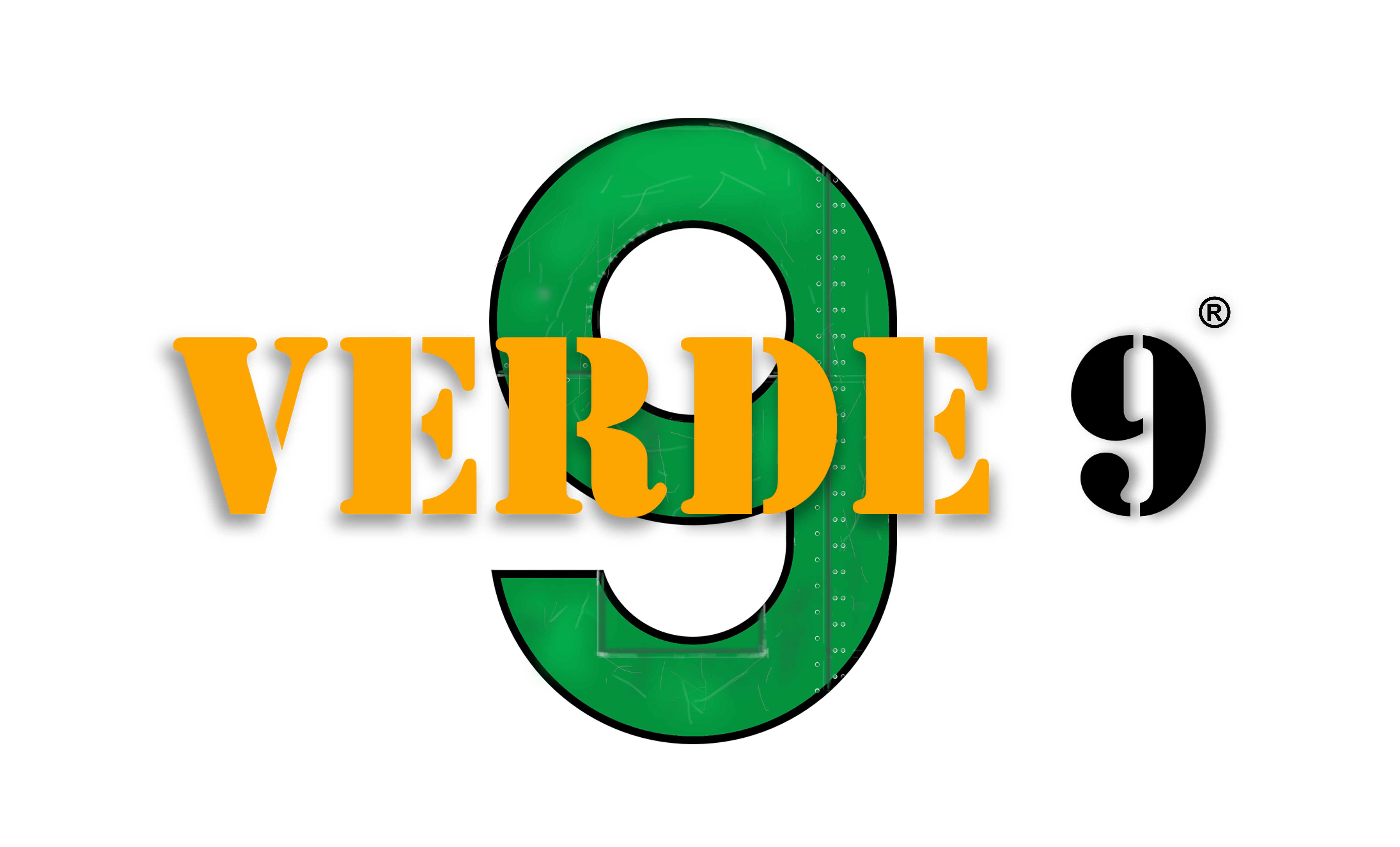

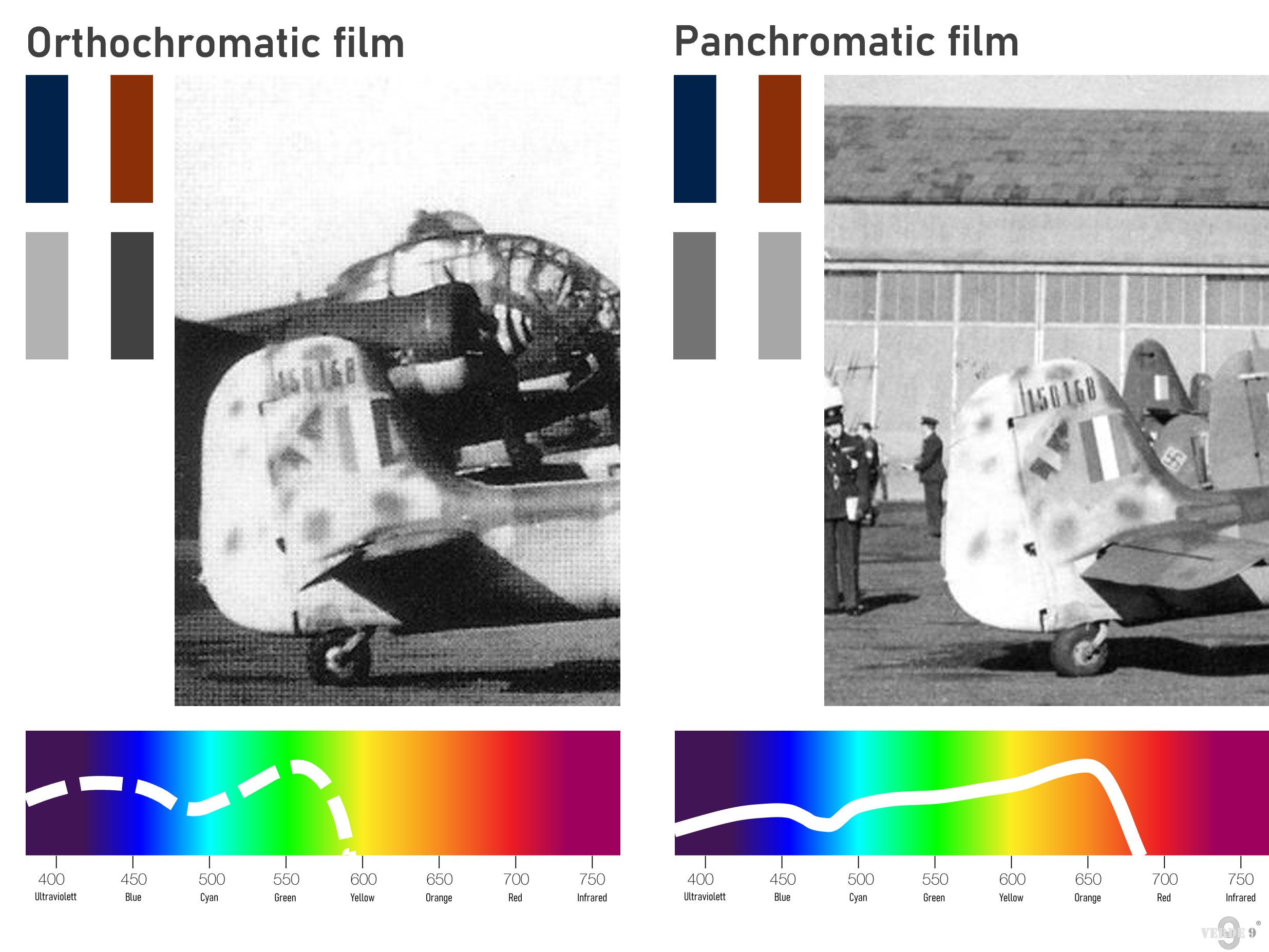
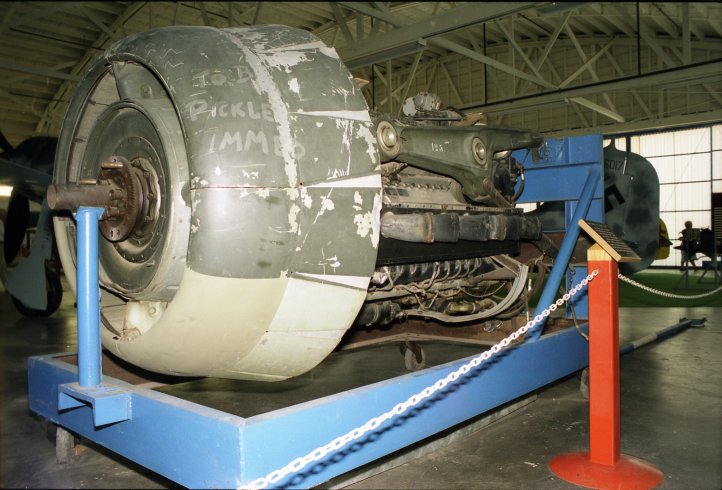

2 commenti
I read this discussion and found it very interesting, but in light of the documentation consulted (which I also have in large part) and in light of the discoveries on the German colors of the Luftwaffe in recent years, don’t you think that the “power egg” is in the dark version of the RLM 82?
Dear Ivano,
Thank you for sharing your opinion! Actually, the “power egg” colour could definitely be a dark shade of RLM 82, as you suggest, and I do agree with you. The reason why I do not want to consider this, as well as any other possibility mentioned in my article as “the actual” colour, is perfectly represented by your kind comment. As long as new information can still be found and new researches developed, I can do nothing but present various theories, both having their strong points and weaknesses, yet plausible. Giving a definitive answer would be like excluding any other suggestion, and that is not the idea that lies behind this article.
If the answer was fixed and assured, the chance of someone expressing a new approach to the topic would be undoubtedly narrowed.
Thanks to people like you, who share their own opinion, furhter points of view and refinements can be achieved and, to me, that is the only way that a reserch in such a specific field like this can be conducted and developed.
I profoundly thank you for expressing your opinion, and I hope that any future reader would be pleased to do the same.
Best regards,
Alessandro